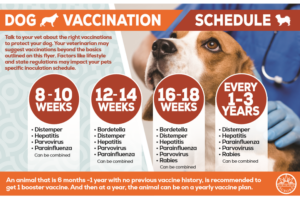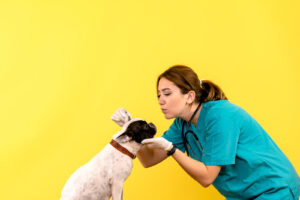Common Pet Emergencies and What to Do
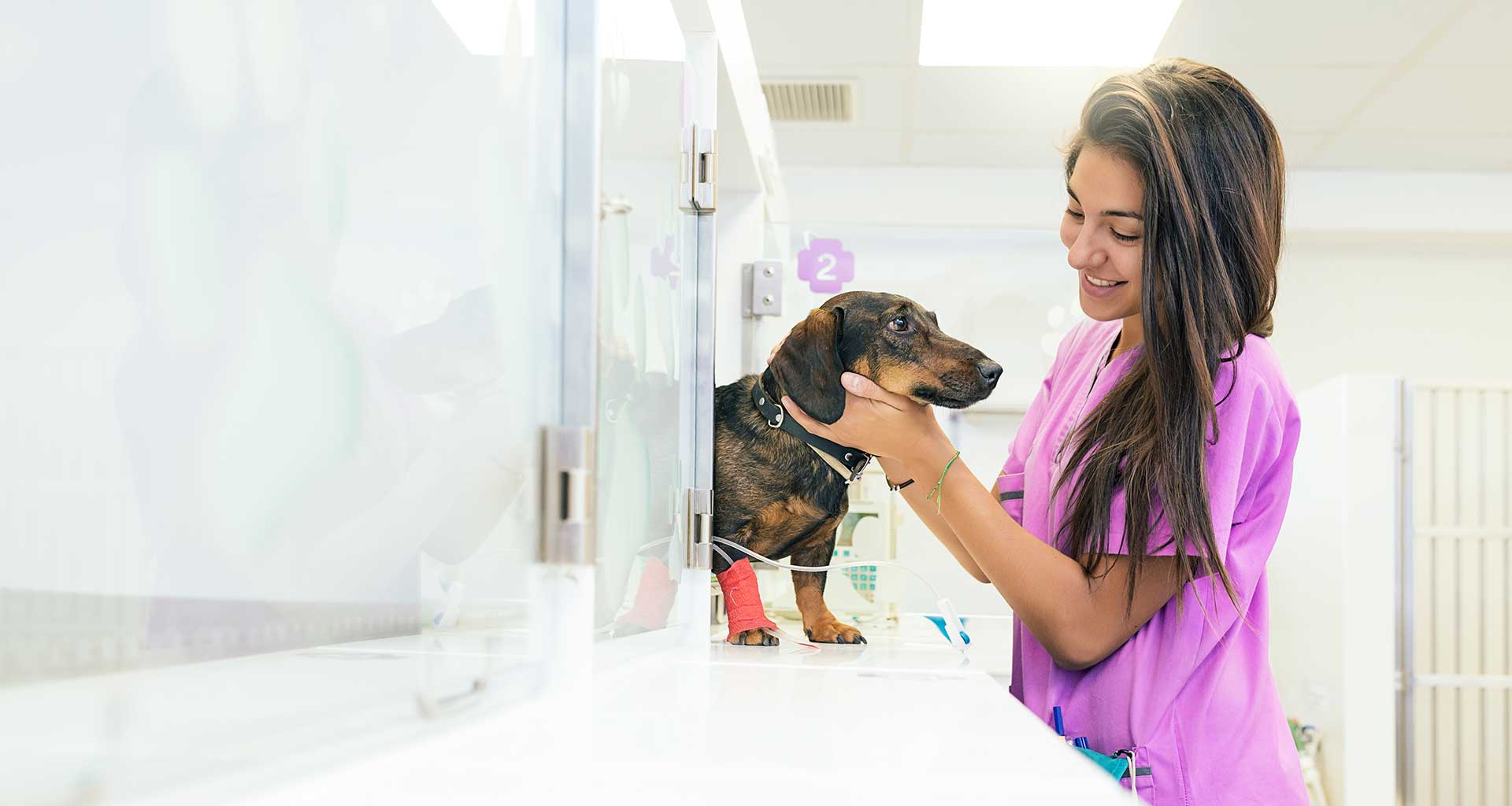
Published on: 26/03/2025
As a pet owner, emergencies can happen at any time, and knowing how to react can save your pet’s life. Some situations require immediate veterinary attention, while others need first-aid measures before heading to the clinic. Below are some of the most common pet emergencies and what to do when they happen.
1. Choking or Difficulty Breathing
If your pet is gasping for air, coughing excessively, or pawing at their mouth, they might be choking.
What to Do:
-
Open their mouth and check for visible objects. Do not put your fingers deep into their throat, as this may push the object further.
-
If they are still struggling, perform the Heimlich maneuver by applying pressure just below the ribcage.
-
Take your pet to the vet immediately.
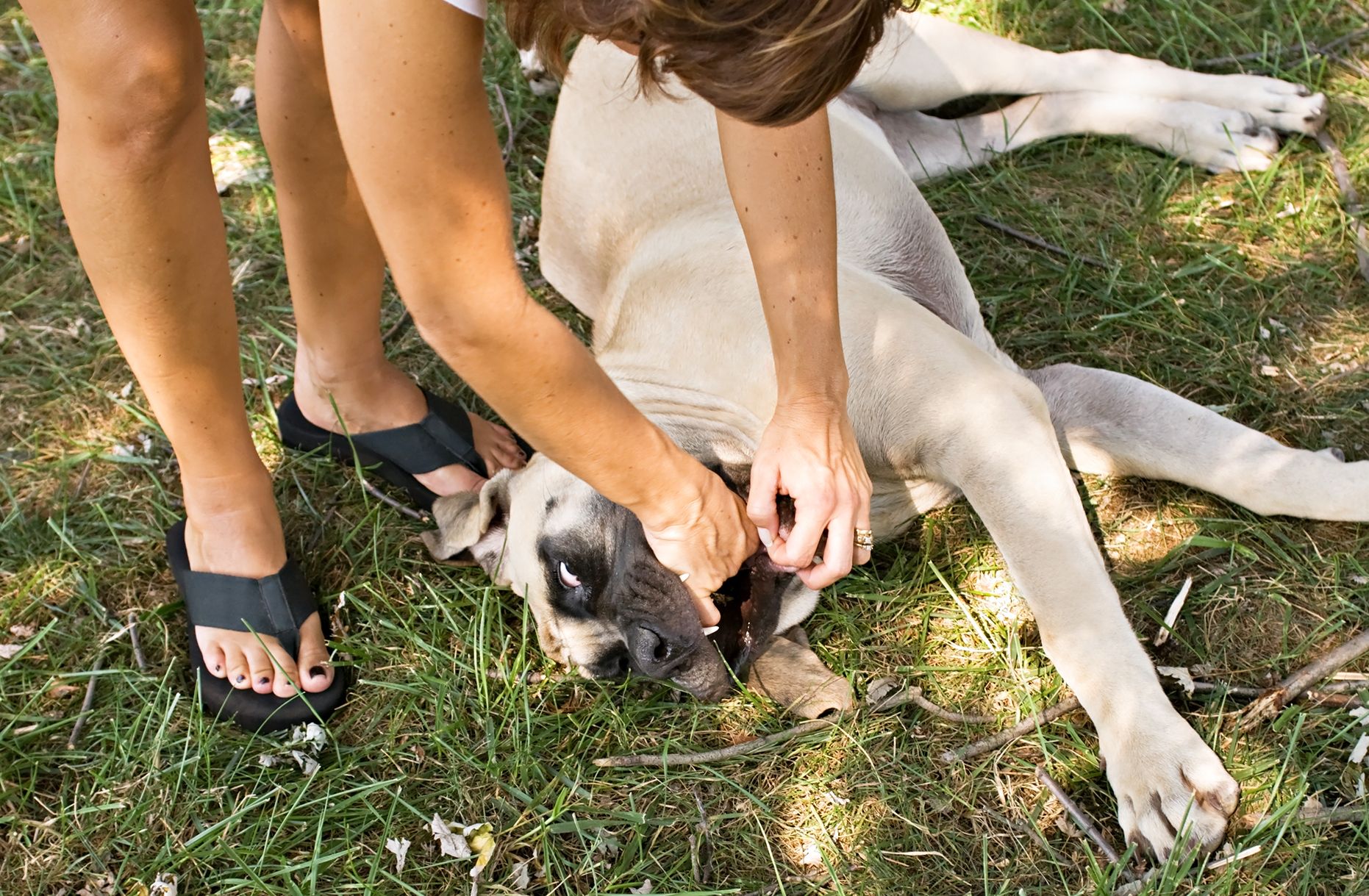
2. Poisoning or Toxic Ingestion
Pets may accidentally consume toxic substances like chocolate, medications, household cleaners, or plants.
What to Do:
-
Identify the substance and call the ASPCA Animal Poison Control Center (+1-888-426-4435) or your vet.
-
Do not induce vomiting unless instructed by a veterinarian.
-
Bring any packaging or remnants to the vet for identification.
3. Severe Bleeding or Open Wounds
Deep cuts or wounds that bleed excessively require urgent care.
What to Do:
-
Apply direct pressure with a clean cloth or gauze to stop the bleeding.
-
Elevate the wounded area if possible.
-
Wrap the wound loosely and transport your pet to the vet immediately.
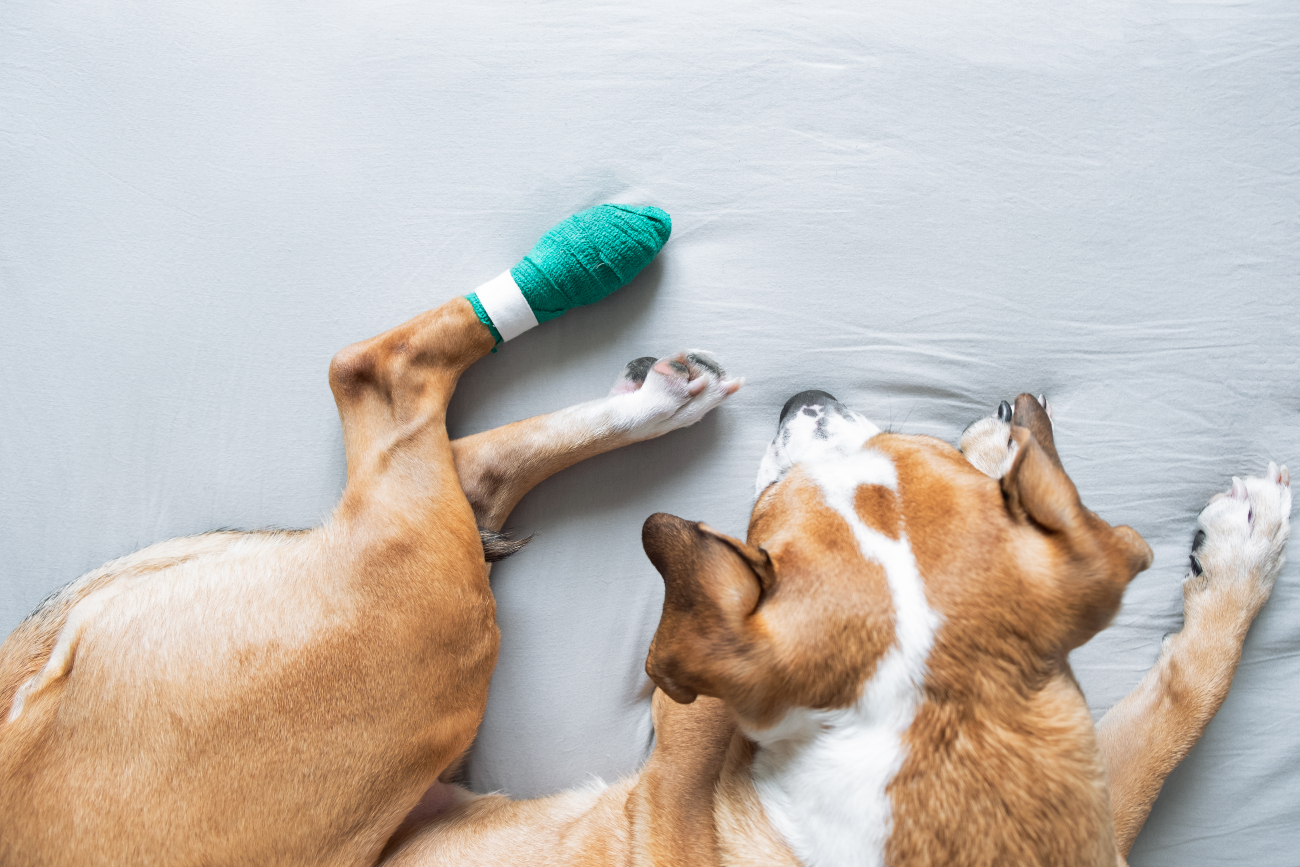
4. Seizures
Seizures in pets may cause uncontrollable shaking, loss of consciousness, or foaming at the mouth.
What to Do:
-
Keep your pet away from sharp objects.
-
Do not touch their mouth—they won’t swallow their tongue.
-
Time the seizure and seek veterinary care if it lasts more than 2 minutes.
5. Heatstroke
Overheating is life-threatening, especially in dogs left in hot cars or exposed to extreme temperatures. Signs include excessive panting, drooling, and collapse.
What to Do:
-
Move your pet to a cool, shaded area.
-
Apply cool (not ice-cold) water to their paws, ears, and belly.
-
Offer small amounts of water and seek emergency vet care.

6. Difficulty Urinating
If your pet is straining to urinate, crying in pain, or has blood in their urine, it could indicate a urinary blockage, which is a medical emergency.
What to Do:
-
Do not wait! Urinary blockages can become fatal in hours.
-
Take your pet to the vet immediately for diagnosis and treatment.
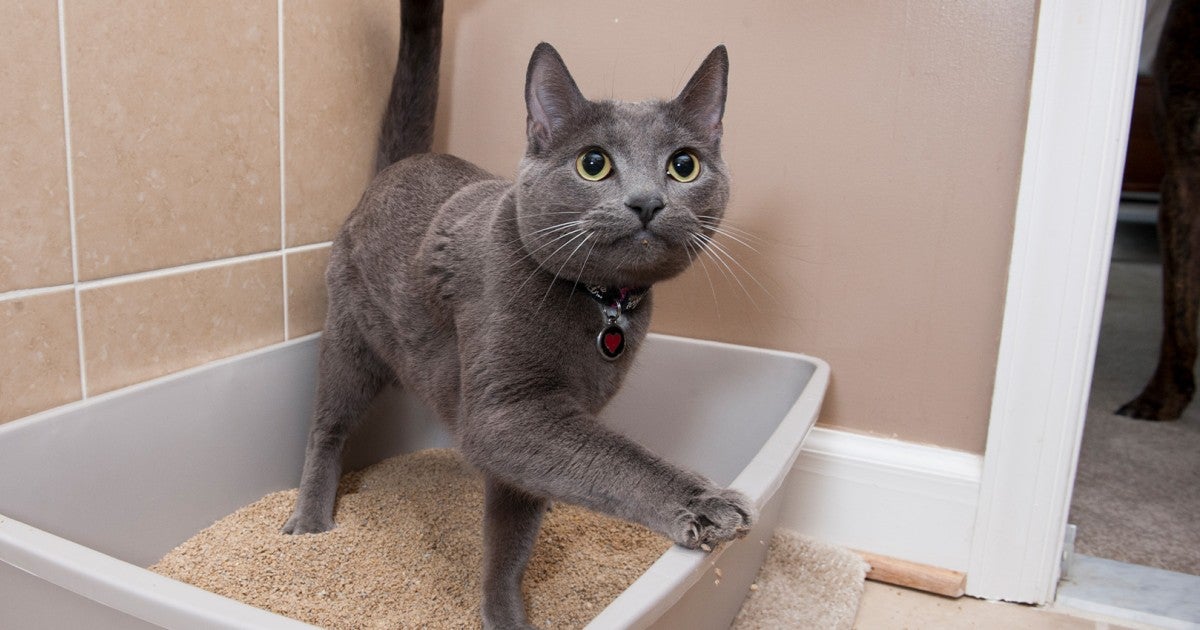
7. Sudden Collapse or Weakness
If your pet suddenly collapses, it could be due to heart disease, internal bleeding, or neurological issues.
What to Do:
-
Check if your pet is breathing and responsive.
-
If not breathing, perform CPR (if trained) and rush to the vet.
Final Thoughts
Pet emergencies can be terrifying, but staying calm, prepared, and knowing what to do can make a huge difference. Save your vet’s number and always have a pet first-aid kit ready!
Have you ever faced a pet emergency? Share your experience in the comments below!





